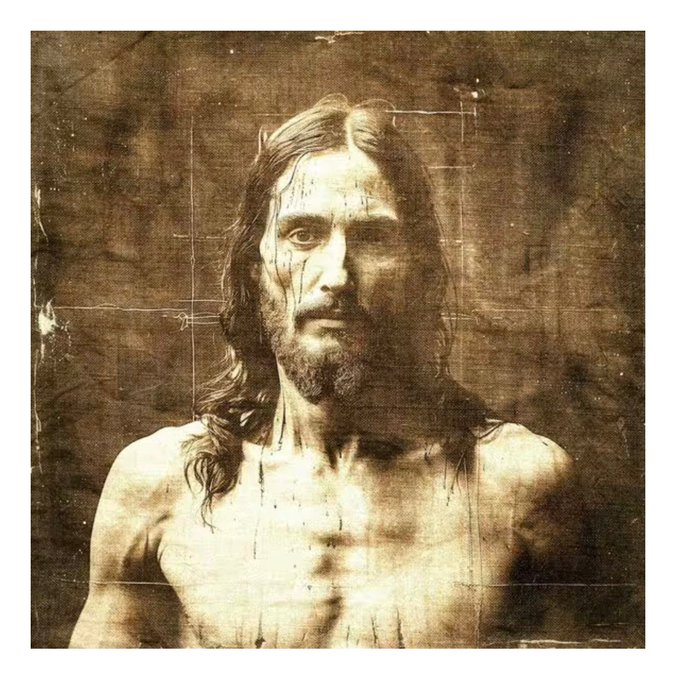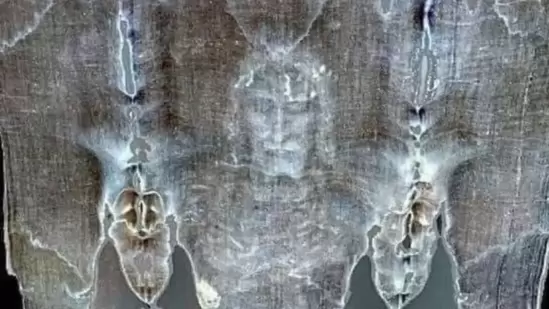AI-generated images reveal detailed facial features based on the Shroud of Turin, offering a compelling depiction of Jesus Christ’s possible appearance.
With recent scientific studies confirming the authenticity of the Shroud of Turin, a sacred cloth believed to have been used to wrap the holy body of Jesus Christ, several AI-generated pictures have emerged. Building upon this breakthrough, researchers have harnessed the power of artificial intelligence to create a high-resolution image based on the faint imprints left on the sacred cloth.
Italian researchers use new X-ray technology to date the Shroud of Turin to 55-74 CE, supporting its authenticity as a 2000-year-old relic.

The photos now gaining traction online offer one of the most compelling depictions of what Jesus Christ might have looked like.
Shroud of Turin’s Authenticity Backed by New Study
The Shroud of Turin, a linen cloth bearing a faint image of a man, has long been revered by Christians and Jesus’ followers as the burial cloth of the holy Christ. However, its authenticity has been a subject of intense debate, with many claiming it to be a medieval forgery.
A new study in the Heritage journal has challenged these claims, providing fresh X-ray dating evidence that the Shroud dates back to around 2,000 years ago, during Christ’s time.
Most people believe Jesus was crucified around 33 AD, according to the Julian calendar, Bible stories, and beliefs from that era, which means it happened 1,992 years ago.
AI Reveals the ‘True Face of Jesus’
A recent study has debunked the long-held theory that the Shroud of Turin is a forgery, paving the way for advanced artificial intelligence to create a detailed rendering of the facial impression on the sacred cloth.

